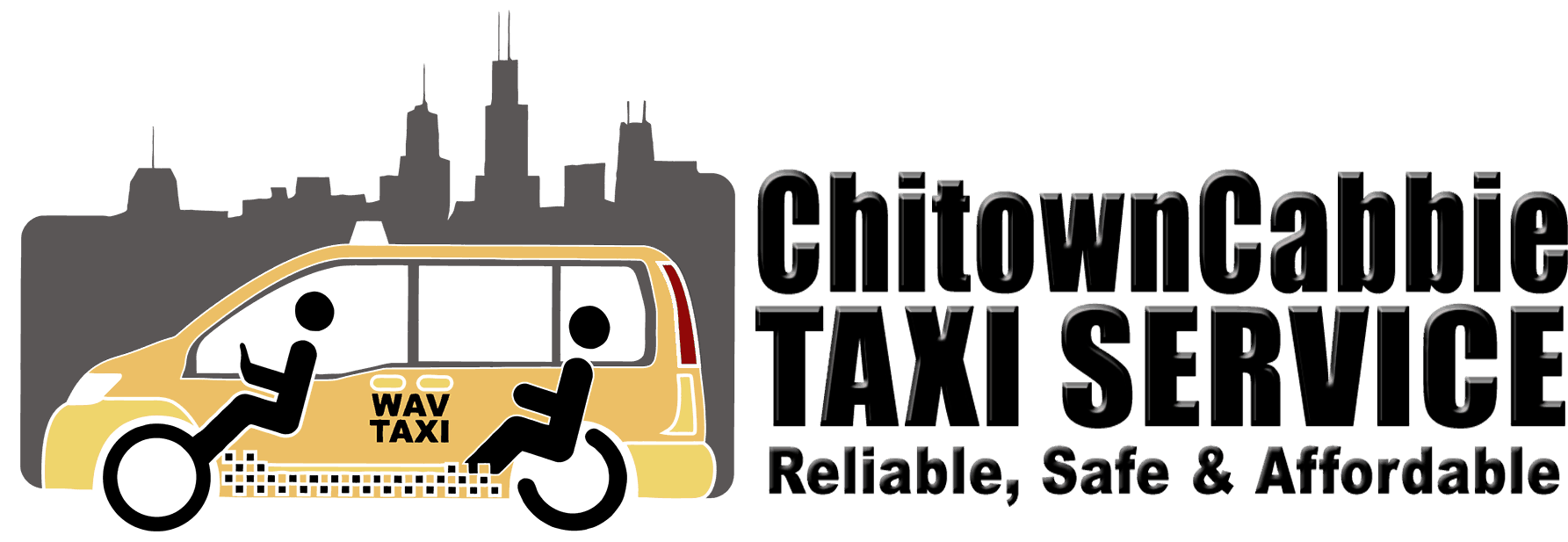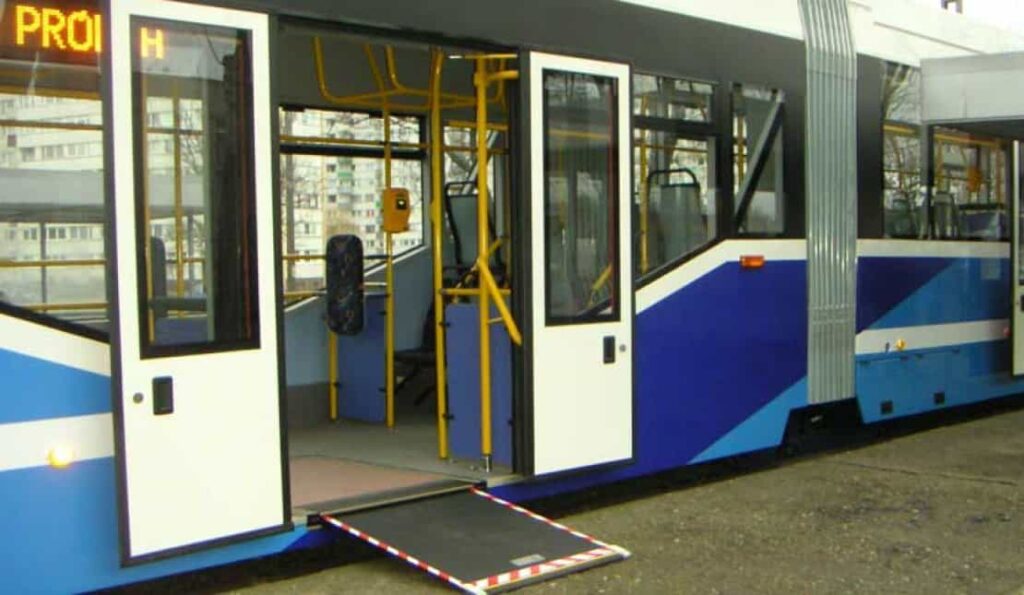Mobility for all means advantages for all. People with disabilities and frail elders use and need transportation in their daily living just like everyone else. Most of the improvements which help disabled persons also help everyone else. If disabled persons can get to a bus stop and easily get on a bus, that usually means that other passengers also have an easier time using public transportation.
Hence, public transportation needs to become accessible for visually/auditorily impaired persons and people with mobility and cognitive impairments. After all, impairments only become barriers when the environment, in general, creates demands that the individual cannot meet.
In this blog, we’ll be discussing accessible transportation in a nutshell – the issues, nature, and solutions.
Street and Pathways
Access to transportation is not just a matter of being able to ride on buses and trains. Individuals with disabilities also need pedestrian pathways, which are free of barriers in order to get to a bus stop. Barriers can include curbs, potholes, muddy pathways, drainage ditches, piles of refuse, broken pavement or sidewalks.
In fact, global statistics show that thousands of pedestrians are killed or impaired every year due to a lack of pedestrian pathways.
Such coordination will assure that pedestrian pathways provide an unbroken path of travel to transit stops. Sidewalks and waiting areas should be well illuminated and contrast with their surroundings to assist all passengers. When possible, seats should be provided at transit stops to assist frail elders and others that find it difficult to stand and wait for their vehicle.
Access to Bus Stops
All passengers benefit from transit stops and transit terminals, which are safe and accessible. Approaches to transit stops should be on well-paved or level surfaces. Curbs should be ramped for easy access and platforms for trams or trains should also be ramped.
Moreover, it is ideal that transit stops have large-print signs to assist those passengers who are partially sighted. Transit stops should provide separate waiting areas for passengers that do not conflict with nearby pedestrians.
Access to Buses
Did you know buses provide most of the public transit trips taken around the world? And wheelchair users often use these services all the time for their lifts or ramps.
Some manufacturers specialize in making high-quality lifts, which are available for use on locally made buses around the world. Buses should provide easily reached grab bars for boarding and alighting, and with as many vertical stanchions (poles) as possible for standing passengers. This especially helps passengers with back pain or mobility concerns.
If possible, transit information should be available in alternative formats such as large print material for partially sighted passengers and braille or cassette tape for the blind.
Access to Trains and Subways
Access by persons with disabilities to trains and subways are another important part of creating accessible public transportation. Advocates should stress the importance of building new railway cars with doors wide enough to accommodate wheelchair users, walkers, and other mobility devices.
Most importantly, the internal design features should allow room for those riding wheelchairs either to remain in their wheelchairs or to transfer to a regular seat.
Wheelchair Accessible Taxis
Often one of the first steps in the creation of accessible public transportation is to start an accessible system using taxis.
Not only do these ease the transportation experience of PWDs, but they also provide a comfortable and secure environment. However, it is important to take note that taxi drivers should receive adequate training in all of their tasks. Taxi services and firms need to assure that they are sensitive to the needs of passengers with disabilities. Such training needs to include the mechanics of how to board and secure persons using wheelchairs. Most importantly, driver training should always emphasize safe driving.
Ramped taxis can provide quick service when telephones are available. Where possible, governments can subsidize fares for disabled persons.
Summary:
Trip destinations need to be accessible in order for frail elders and other persons with disabilities to have the mobility they need to lead independent lives. This means that there should be accessible pathways from transit stops to buildings and other facilities used by the public. Such buildings include government offices, commercial buildings, railroad and bus terminals, schools, medical and recreational facilities, and houses of worship. Once the building is reached, the accessible pathway should continue through the door to destinations within the building, including auditoriums, sanctuaries of houses of worship, offices, bathrooms, public telephones, water fountains, and other public conveniences.


